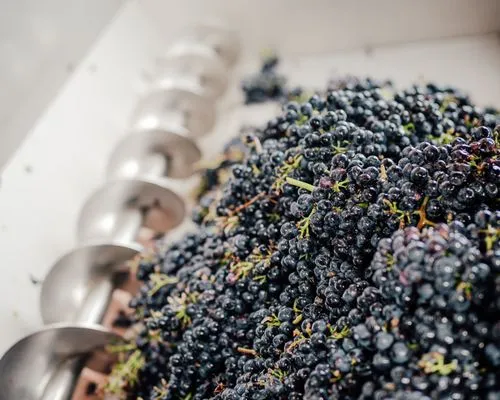History of wine
The history of viticulture in Switzerland dates to Roman times. Over the past centuries, the local winegrowers have suffered some setbacks, but have also continuously developed their cultivation techniques and wines.
2021
After a working group of winegrowers and various institutions spent a year drawing up guidelines for the production of natural wines, the Swiss Natural Wine Association was founded in January 2021.
2019
The first Fête des Vignerons of the third millennium in Vevey continues a tradition that goes back over two hundred years. Its international appeal anchors the success of this exceptional event, which has been held five times in the 20th century - in 1905, 1927, 1955, 1977 and 1999.
2014
The cherry vinegar fly, which originates from Japan, is recognised as a serious pest in viticulture for the first time. Due to the mild winter and wet summer, large yield losses occur throughout Switzerland shortly before the grape harvest.
2013
The Swiss Federal Agricultural Research Centre Agroscope in Pully creates Divico, a new-generation hybrid grape variety that combines resistance and quality.
1993
Vitiswiss, the newly founded Swiss Association for Natural Production in Viticulture, creates the Vinatura label. It recognises wines from sustainable viticulture.
1988
Overproduction plunges Swiss viticulture into a crisis. In response, the canton of Geneva is a pioneer and introduces the first system of controlled designations of origin (AOC) in Swiss viticulture. In the following years, all other wine-growing cantons follow suit.
1924
Rudolf Steiner establishes biodynamics with his ‘Agricultural Course’. The rules of biodynamic viticulture are based on these ideas.
1871
Pierre-Marie Alexis Millardet, professor of botany at the University of Bordeaux, discovers that copper sulphate (Bordeaux broth) is effective against downy mildew, which arrived in Europe in 1878.
1863
Around 1863, phylloxera, introduced from America, is discovered in the south of France. As a result, the pest spreads rapidly across all European wine-growing regions, including Switzerland.
1811
The Bouvier brothers start producing sparkling wines in Neuchâtel. The Bouvier Frères company still exists today.
1420
Marie of Burgundy, who has fled to Saint-Prex, donates Pinot Noir vines to the winegrowers.
58 B.C.
Helvetia becomes Roman and vines are introduced to what is now Switzerland.
To visit our site, you must be of legal drinking age in your country of residence.




